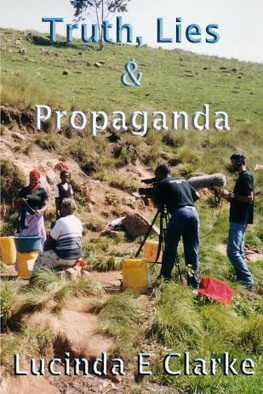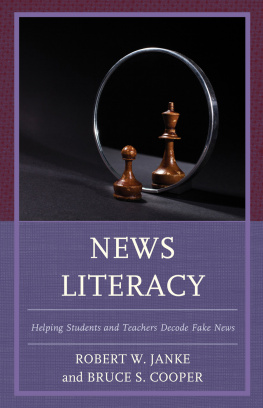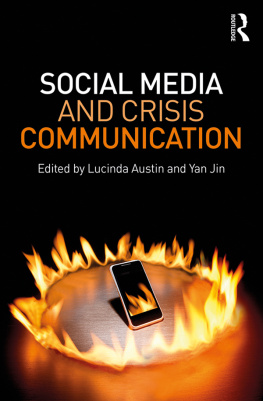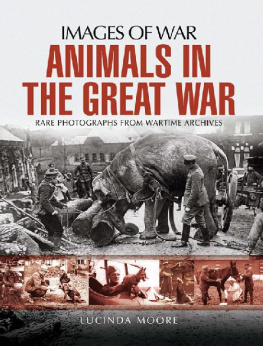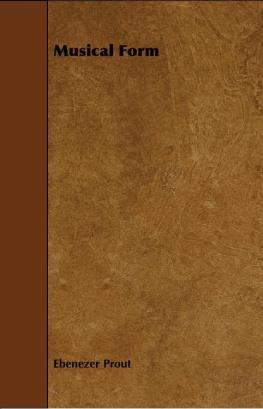Published by The History Press
Charleston, SC 29403
www.historypress.net
Copyright 2013 by Lucinda Prout Janke
All rights reserved
Front cover: Courtesy of the Kiplinger Collection of the Historical Society of Washington, D.C.
First published 2013
e-book edition 2013
Manufactured in the United States
ISBN 978.1.61423.884.3
Library of Congress CIP data applied for.
print edition ISBN 978.1.60949.847.4
Notice: The information in this book is true and complete to the best of our knowledge. It is offered without guarantee on the part of the author or The History Press. The author and The History Press disclaim all liability in connection with the use of this book.
All rights reserved. No part of this book may be reproduced or transmitted in any form whatsoever without prior written permission from the publisher except in the case of brief quotations embodied in critical articles and reviews.
FOREWORD
The city of Washington during the Civil War scarcely extended beyond Boundary Street, the Florida Avenue boundary of Washington City delineated in the Pierre Charles LEnfant Plan of 1791. Beyond the original street pattern was Washington County, which filled out the original ten-mile square of the city on the Maryland side. The Virginia side of the square had been retroceded back to the state in 1846. The city is in a bowl, and the hills surrounding the city provided locations for the Civil War Defenses of Washington, an encircling system of earthen forts that were manned from 1862 until the end of the war and were unsuccessfully breached by the Confederate army under Jubal Early in August 1864.
The Mall was not like we know it today and consisted of some landscaped grounds around the Smithsonian Castle building. The Armory Square Hospital stood next to it. During the war, the Washington Monument remained an unfinished truncated shaft. The Washington City Canal, filled with sewage, stretched up what is currently Constitution Avenue and turned at the foot of the Capitol toward James Creek, which flowed into the Anacostia River.
Seventh Street, Northwest, stretched down to the Seventh Street wharf, where durable goods were brought in by boat and where the shops were built up to sell them. It was on Seventh and E Streets, Northwest, where Clara Barton had her warehouse apartment, from which she carried medical and other supplies to the battlefields. Farther up Seventh was the Patent Office where Miss Barton worked, until her landlord and colleague Edward Shaw, took over her government jobs so she could do her relief work on the battlefields full time. Just a short distance away on H Street, Northwest, Mrs. Surratt kept her boardinghouse, where the Lincoln abduction/assassination plot was hatched. The boardinghouse still stands at 604 H Street, Northwest, and is in a row of small two- and three-story buildings, which give a sense of the residential scale of the wartime city.
Fords Theatre, where Lincoln was shot by Booth, still stands at Tenth Street, as does the Petersen House, where Lincoln died across the street. The large residential community that stretched from the White House toward the Capitol is largely gone, but the Episcopal Church of the Epiphany, where boards were nailed on top of the pews to accommodate Civil War wounded, is still standing at G Street, Northwest.
Around Lafayette Square is the Madison/Cutts House, where General George McClellan had his headquarters at Madison Place and H Streets, Northwest. Right down Madison Place is the Benjamin Ogle Tayloe House, where the Tayloes (Southern sympathizers) closed their shutters to the Lincoln government. Tayloe and other old Washington cave dwellers founded the Oldest Inhabitants of the District of Columbia after the Civil War, which still exists today. Across the square is the Henry J. Rathbone House, where Lincoln and his wife, Mary, picked up Major Rathbone and his fiance, Miss Clara Harris, to go to Fords Theatre for that final act. Around the corner on Pennsylvania Avenue stands the Francis Preston Blair house, where General Lee declined the command of the Union army. Down Seventeenth Street still stands the Winder Building, where Lincoln used to go to visit Union officers.
In Georgetown, many houses remain from the antebellum period. At the Convent of the Visitation, the sisters shipped supplies to be distributed to the troops by Miss Barton. At Oak Hill Cemetery at the top of Georgetown is the temporary mausoleum overlooking Rock Creek, which held the body of Willie Lincoln before it was taken back with his fathers coffin to Springfield, Illinois.
Down on the Anacostia River are the Washington Navy Yard and the Washington Arsenal, now Fort Leslie McNair. Midway out on the post of Fort McNair is the building where the Lincoln assassins were tried. The courtroom is currently being restored. The nearby tennis courts are located at the site of the gallows.
Lincoln rode down Seventh Street to the Presidential Summer Cottage at the Soldiers Home, turning on Rock Creek Church Road and following the fence line of the Soldiers Home, where old gatehouses remain from that day. The Lincoln Cottage has been restored as a museum by the National Trust for Historic Preservation. Behind it is the Civil War cemetery, which filled up and necessitated the burial of Union dead at Arlington. The tower of the original Soldiers Home building was used as a wigwag station by the Signal Corp.
The circles and squares of the city of Washington contain many statues of Civil War generals, erected in the late nineteenth century by various veterans groups. Most notable are the Grant Memorial at the U.S. Capitol end of the Mall and the Lincoln Memorial on the river end. Memorial Bridge spans the Potomac from the Lincoln Memorial to Arlington National Cemetery, with the Arlington House looking down the hill, and represents the reunion between the North and the South.
The Civil War forts on the wooded edge surrounding the city, originally cleared of vegetation to secure lines of artillery fire, now form a wooded hillside extending almost all the way around the original city and create a dramatic landscape backdrop to the low-scaled design of the capital. Many years ago in Paris, I stood on the steps of Montmartre and saw a similar wooded edge of the city, only to come back years later to see a ring of high-rise buildings. This is the challenge that faces Washington: can we not only keep the low scale of the historic city and environs but also the wooded necklace that surrounds it?
Standing on that wooded edge on the Anacostia side is St. Elizabeths Hospital, which turned from a mental hospital during the Civil War to a hospital to nurse the battle wounded. The St. Elizabeths Civil War Cemetery now stands precariously on a gouged-out hillside that has been scooped out for a large, spreading complex being built as a headquarters complex for the U.S. Coast Guard.
Cindy Janke, longtime curator of the Kiplinger Collection of Washingtoniana, has utilized this superb collection and that of the Historical Society of Washington, D.C., to bring us this richly illustrated book on the time when Washington, D.C., was the throbbing heartbeat of the Union cause and became cemented as the enduring capital of the nation.





